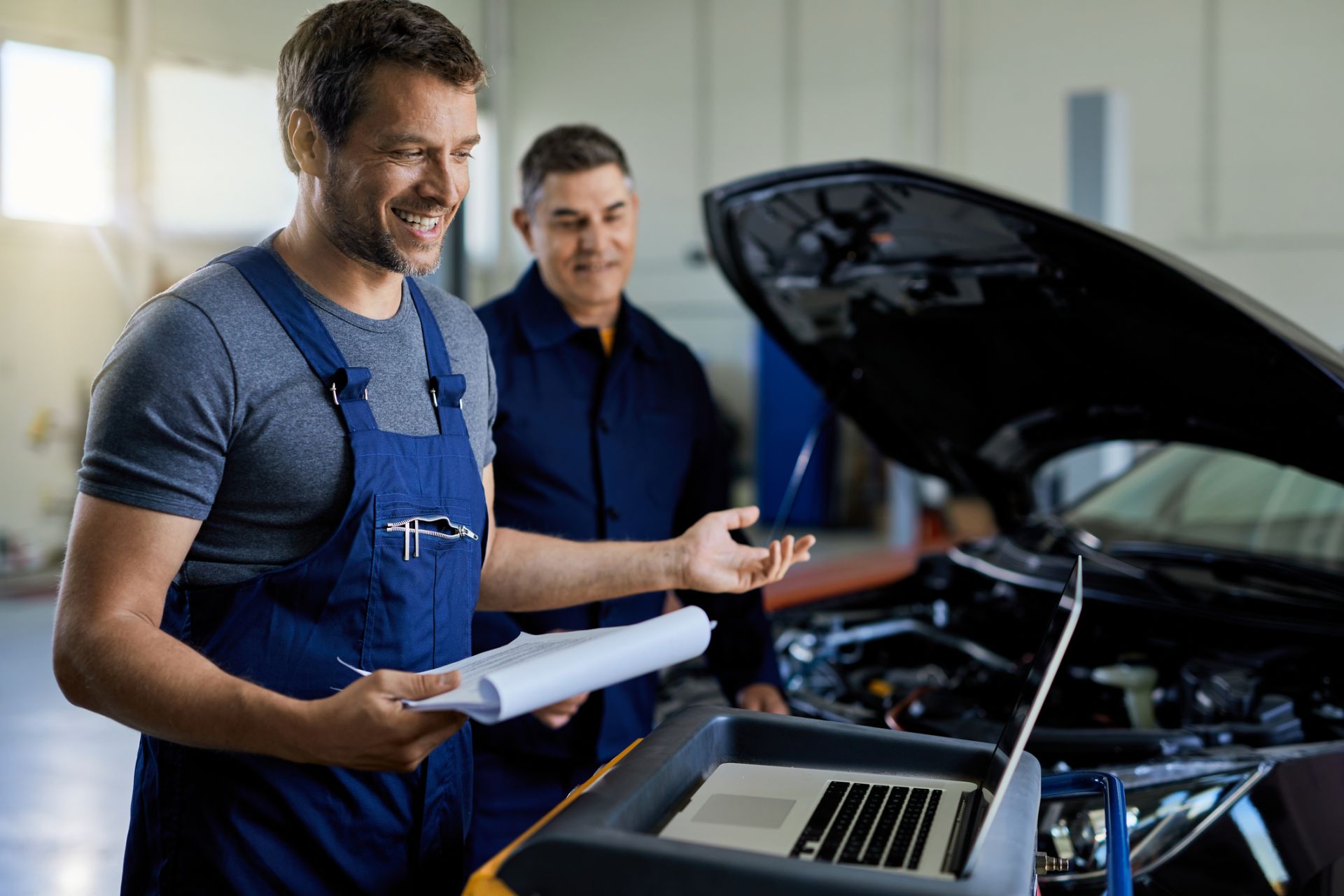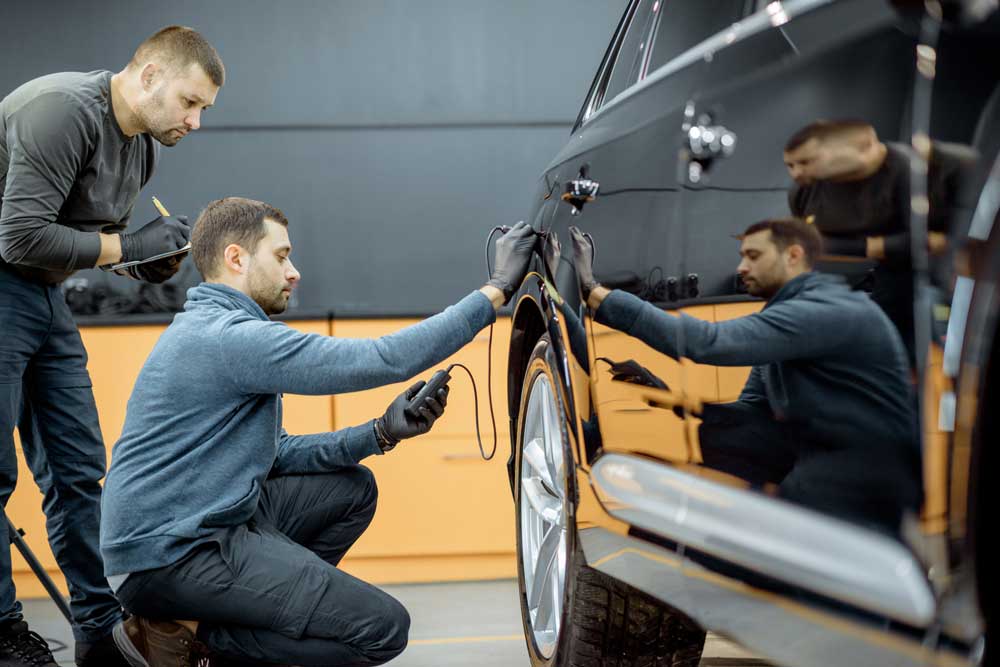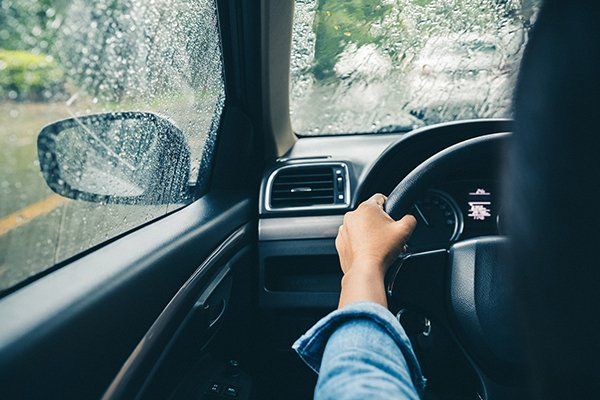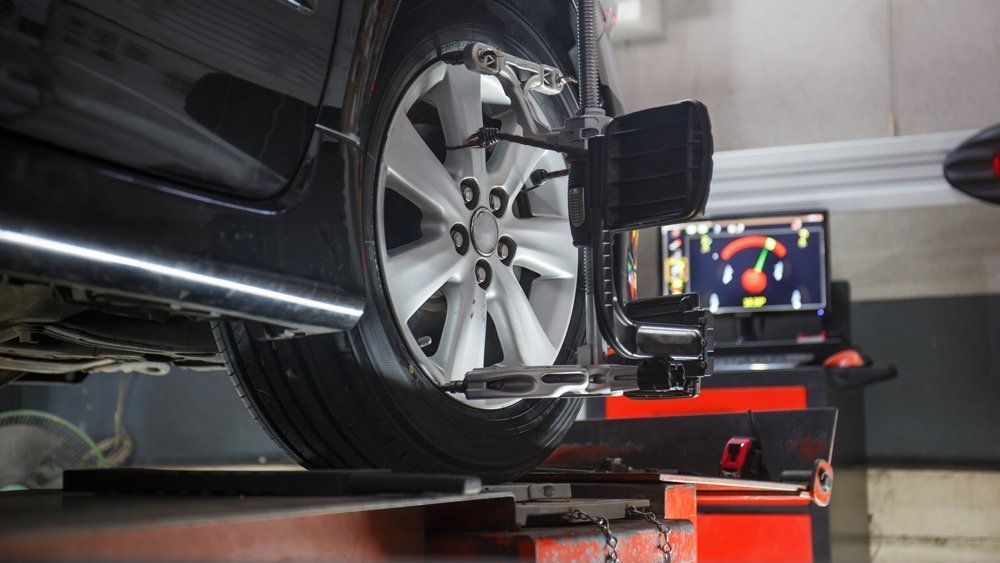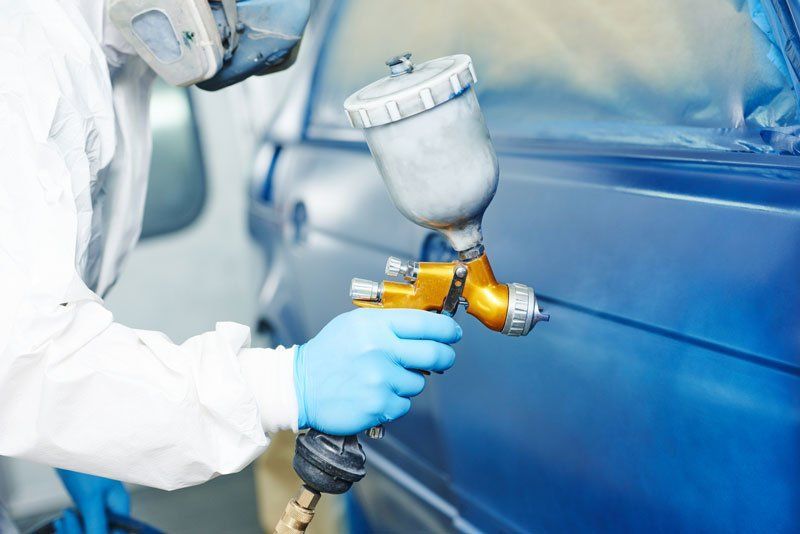4 PROCESSES USED FOR AUTOMOTIVE PAINT JOBS
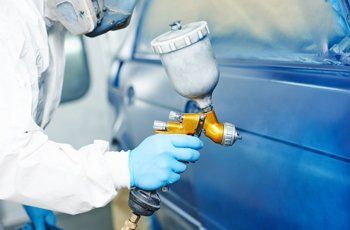
Unless you're a car enthusiast, you probably don't give a lot of thought to the paint on your vehicle. That is, until you get into a car accident and your car needs repairs. Besides getting your car repaired following an accident, maybe you've noticed the paint on your vehicle has faded over the years or there are some scratches that you want to paint over to prevent rusting.
Whatever the reason for getting your car painted, here are four processes used for automotive paint jobs.
1. Using Color Paint Codes
If you just want touch-up paint applied to the scratches, it's important that the new paint matches the color of your vehicle as closely as possible. To match the color of your car, you'll want to find the car manufacturer's color paint code. While an auto body professional will be able to find this code, you may want to know it for yourself as well.
The color paint code can be found on certain websites. As long as you have certain information, such as the year of the vehicle, the make, and model, you can find the color paint code for your vehicle. In some instances, you may also need your car's VIN.
It's important to note that you'll only be able to find the right paint code if your vehicle has its original paint. Other places the paint code for your vehicle may be found include:
- Under the hood
- Inside the driver side door jamb
- Inside the glove box
- The owner's manual
Even when the correct color code is found, auto body professionals can't always guarantee the paint will match perfectly because slight variations of color might have been used on your vehicle when it was in production. The paint may also have faded over time, especially if your car is older.
2. Tinting
If you have found your vehicle's color paint code only to discover it's not an exact match, there are some things that an auto body professional can do to match the paint as closely as possible.
If an auto body professional has a good idea of what color paint to use on your vehicle but it isn't an exact match, they can use a technique called tinting. This process entails adding other colors to the paint to make it look more like your vehicle's original color.
Tinting involves using the three dimensions of color:
- Hue. Every color comes from the pure spectrum of colors, known as hue, and includes red, orange, yellow, green, blue, and violet.
- Chroma. This Greek word for color refers to the intensity of the color.
- Value. This represents the lightness or darkness of a color.
By using different formulas and color guides, such as the Munsell color tree, auto body professionals can come as close as possible to an exact match.
3. Blending
If neither the color paint code nor tinting provides an exact match, blending is another technique to try. Blending isn't something that is done to the paint; instead, auto body professionals paint the parts of the vehicle that are adjacent to the ones being repaired.
Blending is often done with quarter panels, door panels, and rear body panels. If blending is done correctly, the slight color variations of the separate panels should hardly be noticeable.
4. Using a Spectrophotometer
A spectrophotometer device provides a technologically advanced method that is used to measure the intensity of light along with the exact hues of the paint on your vehicle. Using a spectrophotometer allows auto body professionals to use this data, in combination with the color paint code, to come up with a formula that provides the exact color.
If your vehicle is in dire need of a paint job, contact the auto body professionals at Cambron Body Shop today.

